Windbreak Suggestions
greatplainsturf
12 years ago
Related Stories
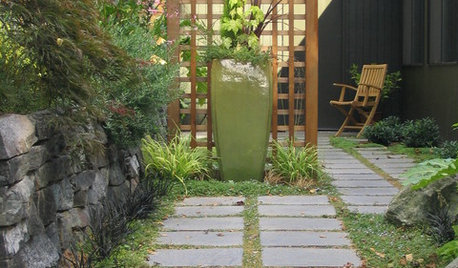
GARDENING AND LANDSCAPINGLandscapes Make a Privacy Statement
Between a fortress and a wide open space lies the sweet spot for just the right amount of privacy in your exterior spaces
Full Story
LANDSCAPE DESIGNThe 7 Best Plant Types for Creating Privacy and How to Use Them
Follow these tips for using different kinds of plants as living privacy screens
Full Story
GARDENING FOR BUTTERFLIES3 Ways Native Plants Make Gardening So Much Better
You probably know about the lower maintenance. But native plants' other benefits go far beyond a little less watering and weeding
Full Story
MUDROOMSThe Cure for Houzz Envy: Mudroom Touches Anyone Can Do
Make a utilitarian mudroom snazzier and better organized with these cheap and easy ideas
Full Story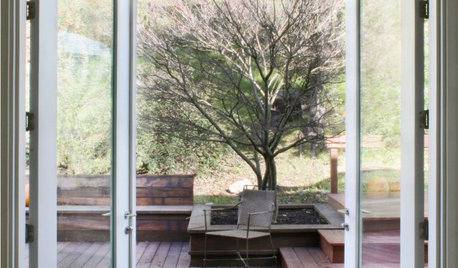
MOST POPULARFind the Right Glass Door for Your Patio
It’s more than just a patio door — it’s an architectural design element. Here’s help for finding the right one for your home and lifestyle
Full Story
EARTH DAY5 Ideas for a More Earth-Friendly Garden
Consider increasing the size of garden beds, filtering rainwater and using plants to reduce energy use
Full Story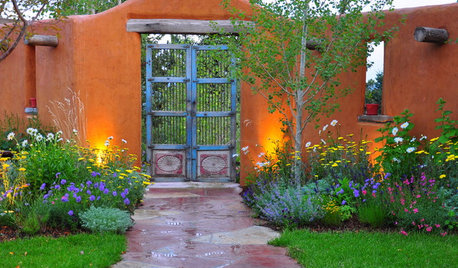
GARDENING AND LANDSCAPINGHow to Pick a Nice Wall for Your Garden Room
Made by hand, prefab or growing from the ground, garden walls are key landscaping elements. Here's what to think about for your yard
Full Story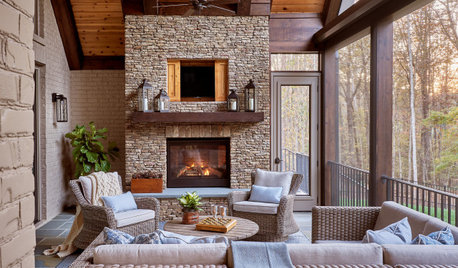
PORCHESGive Your Outdoor Rooms a Cozy Winter Makeover
If you live in a mild climate, enjoy days and evenings on your porch or patio with these tips for staying warm and comfortable
Full Story
ARBOR DAY8 Reasons to Plant a Great Tree
Beauty is its own reward, but the benefits of planting the right tree in the right place go way beyond looks
Full Story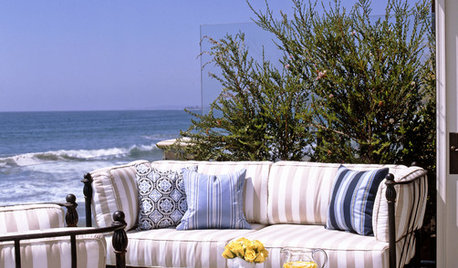
GARDENING AND LANDSCAPINGHow to Screen a Seaside Garden From the Wind
Lucky enough to live by the coast? Here’s how to protect your garden and deck from the harsh sea breezes
Full Story









gardener365
dcsteg
Related Professionals
Benbrook Landscape Architects & Landscape Designers · Garden City Landscape Architects & Landscape Designers · Horsham Landscape Architects & Landscape Designers · Wareham Landscape Architects & Landscape Designers · West Chester Landscape Architects & Landscape Designers · Alamo Landscape Contractors · Long Beach Landscape Contractors · Nashua Landscape Contractors · Oakland Landscape Contractors · Oklahoma City Landscape Contractors · Paramount Landscape Contractors · Plainview Landscape Contractors · San Antonio Landscape Contractors · Snoqualmie Landscape Contractors · Forest Hill Landscape Contractorsken_adrian Adrian MI cold Z5
dcsteg
greatplainsturfOriginal Author
ken_adrian Adrian MI cold Z5
dcsteg
texjagman
greatplainsturfOriginal Author
texjagman
whaas_5a
greatplainsturfOriginal Author
dcsteg
gardener365
texjagman
gardener365
georgeinbandonoregon
greatplainsturfOriginal Author